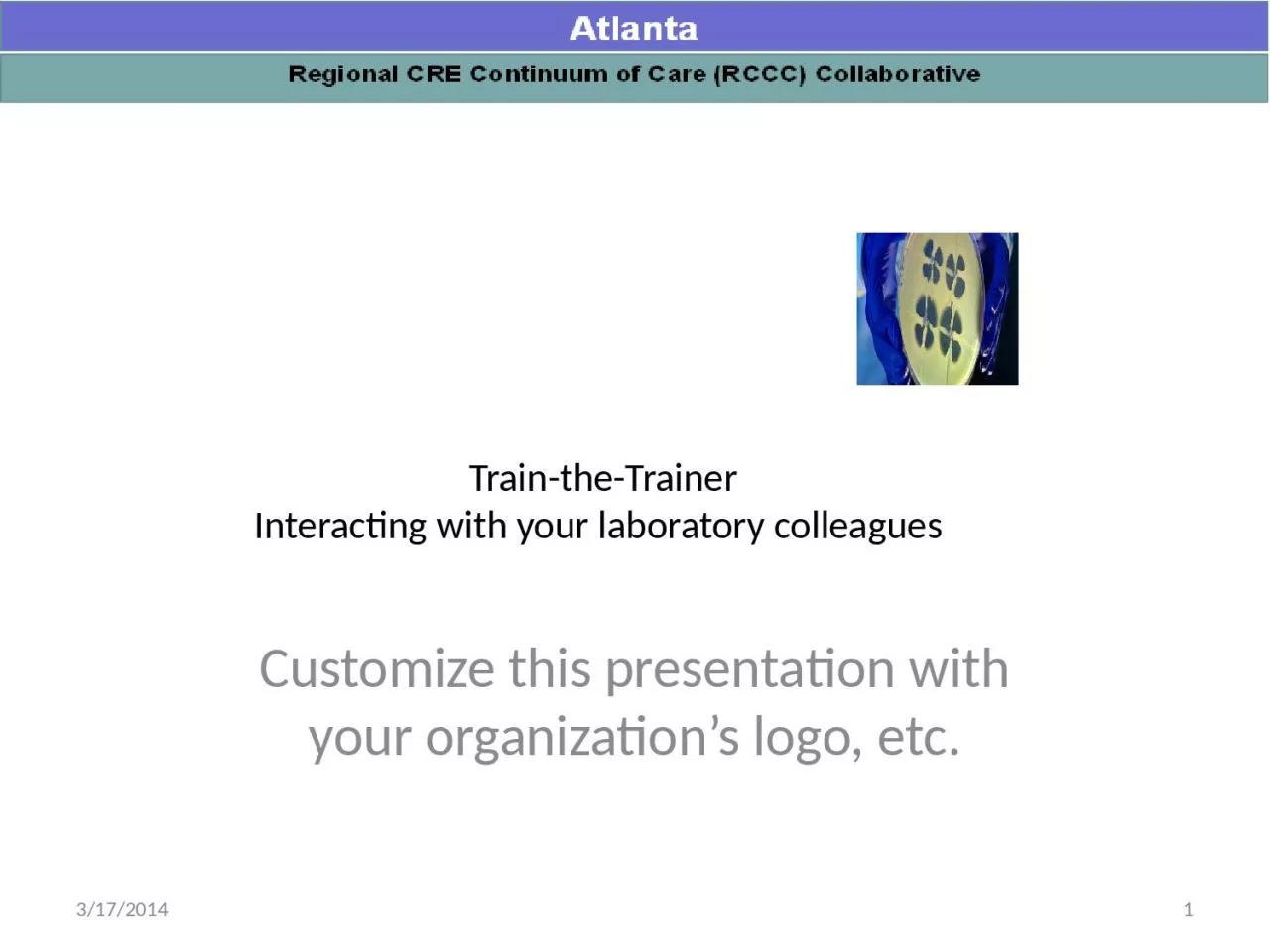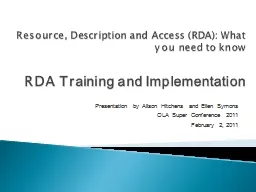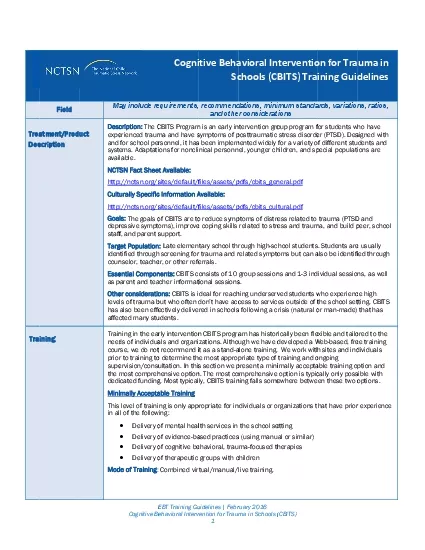PPT-Train-the-Trainer Interacting with your laboratory colleagues
Author : badra | Published Date : 2024-02-09
Customize this presentation with your organizations logo etc 1 3172014 Nimalie D Stone MDMS with significant help from Dr Eileen Burd GA CRE Collaborative Learning
Presentation Embed Code
Download Presentation
Download Presentation The PPT/PDF document "Train-the-Trainer Interacting with your ..." is the property of its rightful owner. Permission is granted to download and print the materials on this website for personal, non-commercial use only, and to display it on your personal computer provided you do not modify the materials and that you retain all copyright notices contained in the materials. By downloading content from our website, you accept the terms of this agreement.
Train-the-Trainer Interacting with your laboratory colleagues: Transcript
Download Rules Of Document
"Train-the-Trainer Interacting with your laboratory colleagues"The content belongs to its owner. You may download and print it for personal use, without modification, and keep all copyright notices. By downloading, you agree to these terms.
Related Documents














